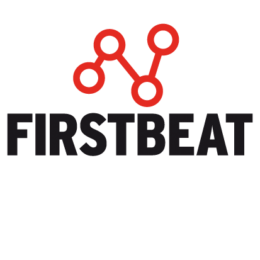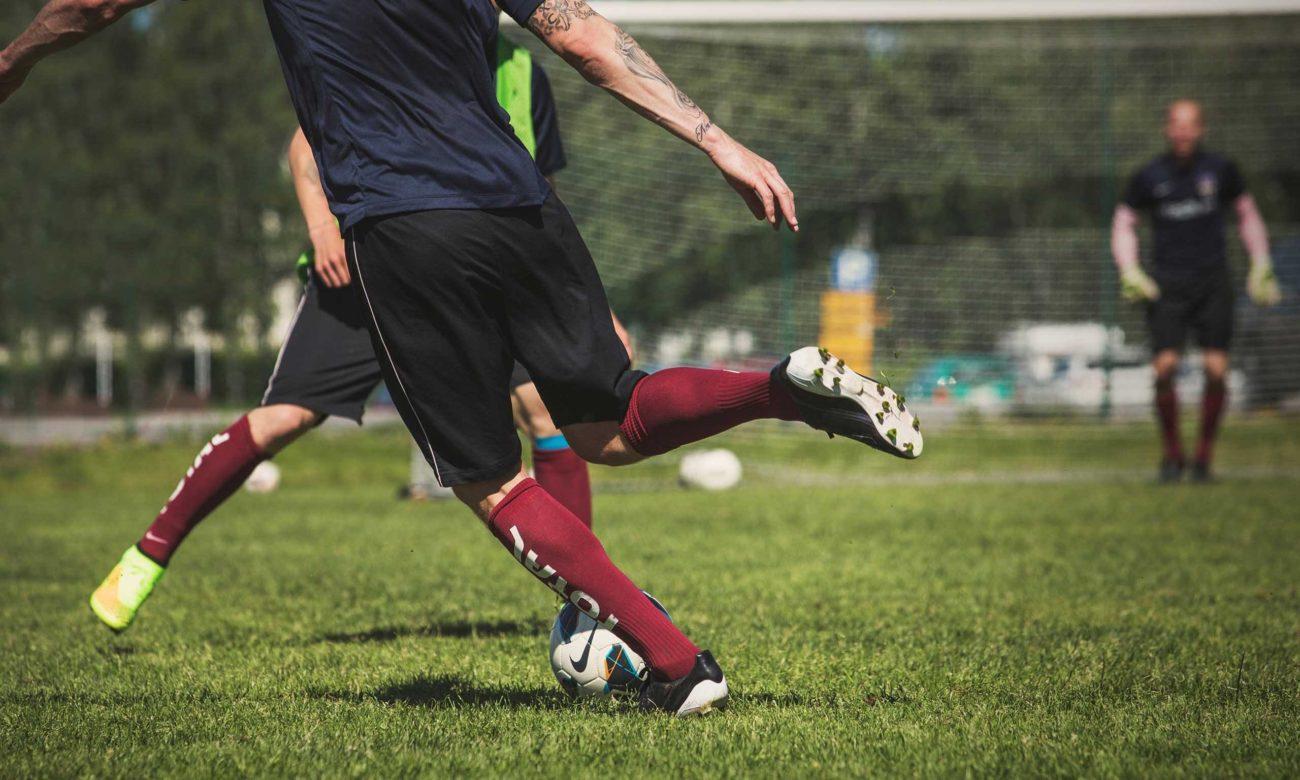
This season there’s a new kind of kick going on at Harju Stadium in Jyväskylä. The local soccer club, JJK, earned its way back into the Veikkaus League, Finland’s top competitive league. As the team journeys along the road of success, they utilize the solutions of Firstbeat Sports, which has become a self-evident tool for monitoring both training load and recovery.
JJK strength and conditioning coach Antti Luhta is a happy man, and for a good reason: Their goal of promotion back to the top level of Finnish soccer, Veikkausliiga, came true. Quite an achievement, eh?
“The feelings are obviously fantastic. The whole team was really committed and worked hard towards our goal. The upcoming season is going to be challenging, so we need to be well prepared when the games begin.”
For JJK success wasn’t an accident. Luhta and the team’s head coach Juha Pasoja work together to ensure that players understand the requirements of competitive sports.
Interested in learning how Firstbeat’s Quick Recovery Test is applied in soccer? Listen to the Firstbeat Sports Podcast
“A few hours of training a week doesn’t cut it. You’ve got to be ready to do things off the field, too. The juniors are still learning the lifestyle of a top athlete, the contract players should know what they’re doing, and to the members of the representative team everything must be crystal clear. The older you get, the more you tend to focus on the fact that some things aren’t happening the same way as they used to,” Luhta notes.
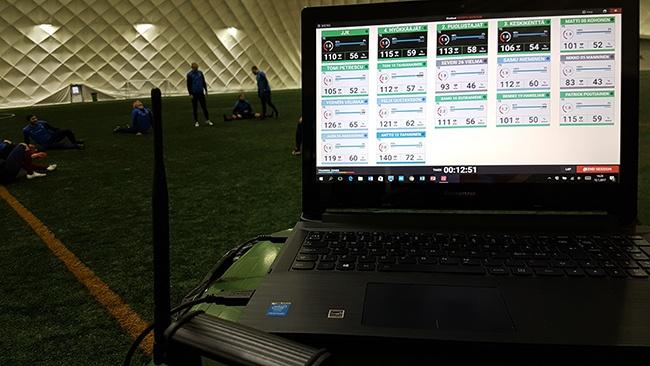
Even though there are no professional players in the team right now, the players still train like pros. “As a team we strive to work hard, but it’s important to avoid overloading conditions during practice. In managing this balance, we have gained a lot of useful guidance from Firstbeat Sports, especially for monitoring individual training loads,” says Luhta.
Belts, Checked! Now Let’s Get Some Sweat
Firstbeat Sports has become part of the routine for JJK players. The team has been using the platform for over four years, so buckling on the black monitoring chest-belt has become second nature to most of the players.
”These days, I don’t even need to remind the players. When it’s time to practice, the belts automatically find their way onto the players’ chests. After training, a training analysis report is sent straight to the players’ email, and if that mail gets lost, I’m the first to hear about it. All our players are very interested in the physiological effects of their training and understanding how their bodies work,” Luhta explains.
Defensive players on the team are known for their intense workouts, but analysis reveals relatively similar training loads distributed across the team’s players. The ability to see and manage training loads is the platform’s most valuable contribution to JJK.
“Every player is different in terms of training effects. During practices, we get real-time feedback for each player which enables us to see if a player needs to rest for a while or pump up their effort little more. It’s critical to understand that when a player’s training load is at the highest level, he needs to loosen up and do some jogging, for example. We’re able to monitor training impacts in real-time, which means we can react quickly and make the necessary adjustments,” Luhta says.
The Deeper Meaning of Recovery
Recovery is a big factor in how well the players navigate training sessions. For documenting player recovery levels, JJK can use the Firstbeat Quick Recovery Test to screen the entire team in just three minutes. When concerning trends emerge, Luhta prescribes a longer, overnight recovery test performed with Firstbeat’s Bodyguard high-definition heartbeat recording device.
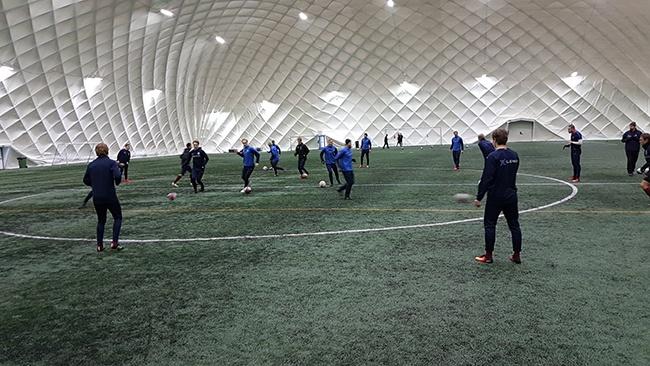
His efforts have also produced fruit in terms of injury prevention, since the team has managed to avoid repetitive strain injuries.
How Long Can an Athlete Stay Still?
In addition to team practices, players’ are able to monitor training load and recovery outside of practice and during leisure time, as well. The value of a balanced relationship between rest and training is emphasized thoroughly to the players, and seeing the big picture is an important part of that effort.
”I know that our players work out and do a lot of things independently. If you’re an athlete, not doing anything just doesn’t feel right. It’s okay for a while, but the nature of an athlete is to be on a constant movement.” says Luhta with a smile.
If you liked this article, you should subscribe to our mailing list.
Give your team the Firstbeat Sports competitive advantage.
Contact us for more information or get a quote.
You might also be interested in

3 Types of Psychological Stress Affecting Athletes In-season
What exactly are these stressors and how can coaches and athletes identify them in order to adjust and, ultimately, limit the negative impact they can have?
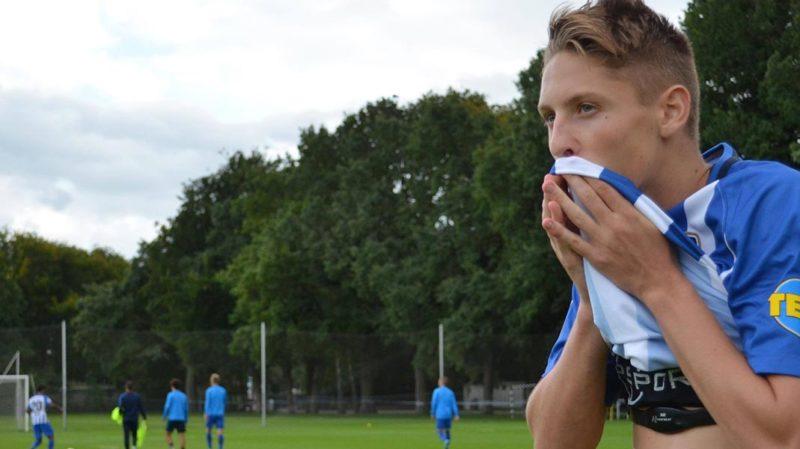
Hertha BSC Trainer Henrik Kuchno Talks Data in the Bundesliga
Using the Firstbeat Sports platform to monitor training allows Hertha BSC to quantify training loads and watch those loads accumulate in real time.

How Arsenal Manage Player Data to Achieve Peak Performance
Technology in sport is increasing at a rapid rate. Arsenal’s Tom Allen reveals how to pinpoint the key data and monitor players effectively during the season.
